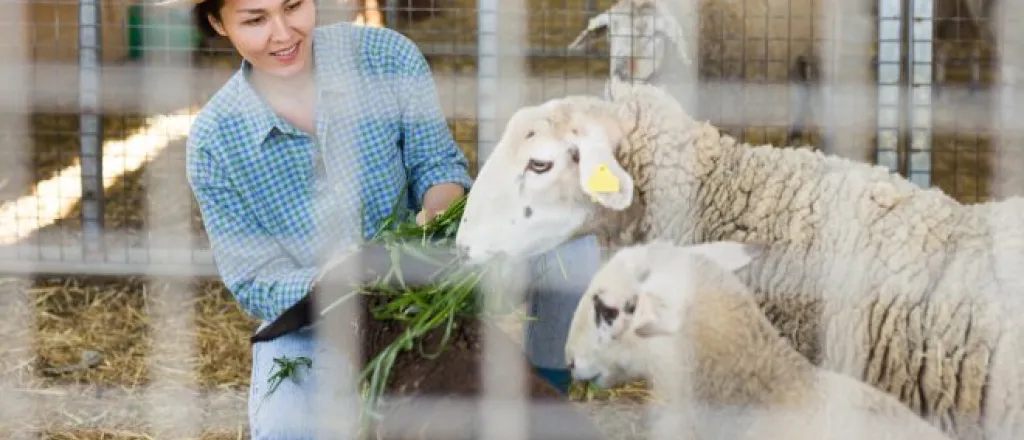
How To Prepare Your Land for Livestock Activities
©
Preparing your property for livestock involves more than just erecting a fence. Proper land preparation establishes a safe and productive environment for your animals. Whether you have acres in rural Colorado or a smaller plot, a thoughtful approach to land management can make a world of difference for your herd.
A solid plan will help you prepare your land for livestock activities effectively, setting you and your animals up for success. From clearing the ground to constructing the necessary structures, we're here to help.
Survey and Clear the Land
Before bringing animals onto your property, walk the entire area to spot potential hazards like sharp objects, holes, and toxic plants. Mark these spots so they can be cleared or fenced. Then, clear the land of unwanted debris. This task often involves more than just collecting sticks, as it requires removing large rocks, fallen trees, and tough brush.
For example, equine owners will find that clearing rocks from horse arenas with skid steer tools creates a much safer riding surface. These attachments enable you to sift and remove stones without disturbing excessive topsoil, thereby maintaining a level and secure area for training and riding.
Test and Improve the Soil
Healthy soil supports healthy pasture, which in turn feeds your livestock. A soil test provides a detailed picture of your land's nutrient levels and pH balance. You can get a test kit from a local agricultural extension office.
Based on the results, you may need to amend the soil.
- Lime raises the pH of acidic soil.
- Compost or manure adds organic matter and nutrients.
- Fertilizer can address specific nutrient deficiencies.
Spreading these amendments helps create a fertile base for forage crops to grow, providing your animals with quality grazing.
Establish Fencing and Water Sources
Good fences contain your livestock and protect them from predators. The type of fencing you choose depends on the animals you raise. Woven wire is suitable for sheep and goats, while barbed wire or high-tensile electric fences are better suited for cattle. Install sturdy corner posts and gates to handle daily use.
A consistent water supply is another priority. Options range from natural sources like ponds and streams to automatic waterers connected to a well. Place water troughs in locations that encourage animals to move around the pasture, preventing overgrazing in one spot.
Manage Your Pasture for Long-Term Health
Once you prepare your land for livestock activities, ongoing management is essential to maintain its productivity. Rotational grazing, where animals are moved between different pasture sections, allows vegetation to recover and prevents soil compaction. Mowing pastures periodically controls weeds and encourages fresh grass growth. With a well-managed setup, your land will support your livestock for years to come.

















